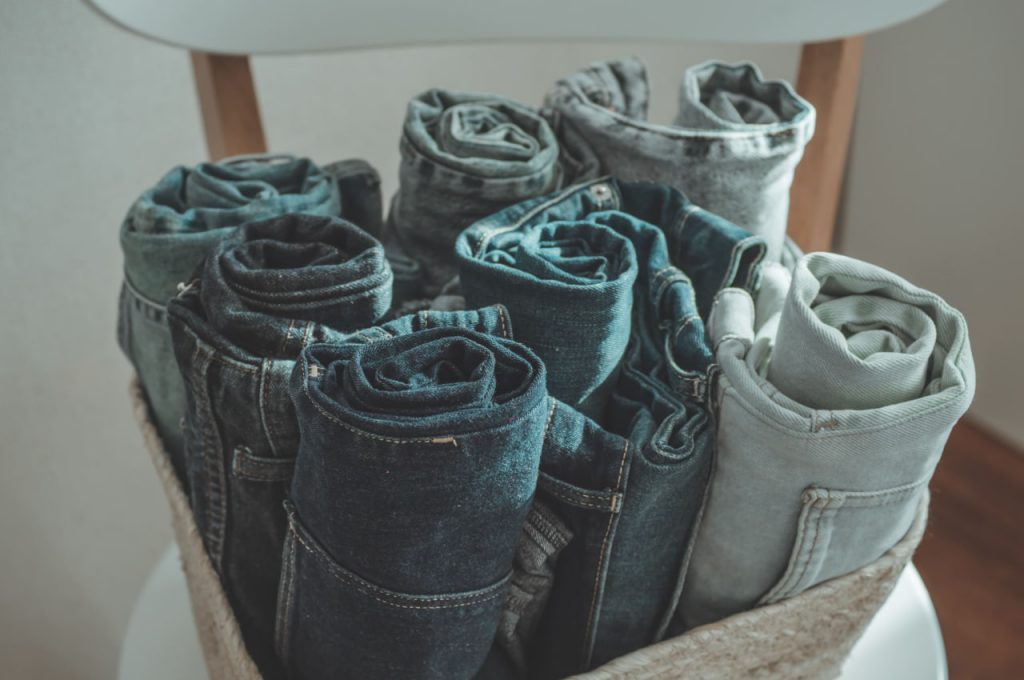Denim is one of the most iconic and enduring fabrics in the world. We wear it every day — in jeans, jackets, bags — and it often lasts for years. But behind its toughness lies a heavy environmental footprint. Producing denim typically requires vast amounts of water, pesticides (for cotton), energy, and chemical dyes. Every pair of jeans made has a cost not only in money, but also in natural resources.
That’s where upcycling steps in — not just as a solution, but as a creative, empowering response to fashion waste. Upcycling is the process of transforming old, unwanted garments into something new and purposeful, without breaking them down completely. Unlike recycling, which often requires industrial processes, upcycling is accessible: anyone with a sewing kit and imagination can start.
When we upcycle denim, we’re saving it from landfill. We’re honoring the fabric’s durability and character by giving it a second life. And in the process, we learn to see beauty in imperfection: frayed hems, worn knees, fading indigo. These signs of use become design elements in a new creation — a tote bag made from old jeans, a patchwork jacket, or a set of home accessories stitched with care.
Upcycling also encourages mindful consumption. It slows us down. It invites us to ask: What do I really need? What can I make instead of buy? It transforms fashion from something disposable into something personal and lasting.
In our course, you’ll learn not just how to cut, sew, and finish — but how to design thoughtfully, work with intention, and enjoy the process. Whether you’re transforming a thrifted pair of jeans or reviving your own favorite pair, each project becomes a small act of sustainability — and self-expression.
Ready to create something meaningful from something old? Let’s give denim a second life — together.

